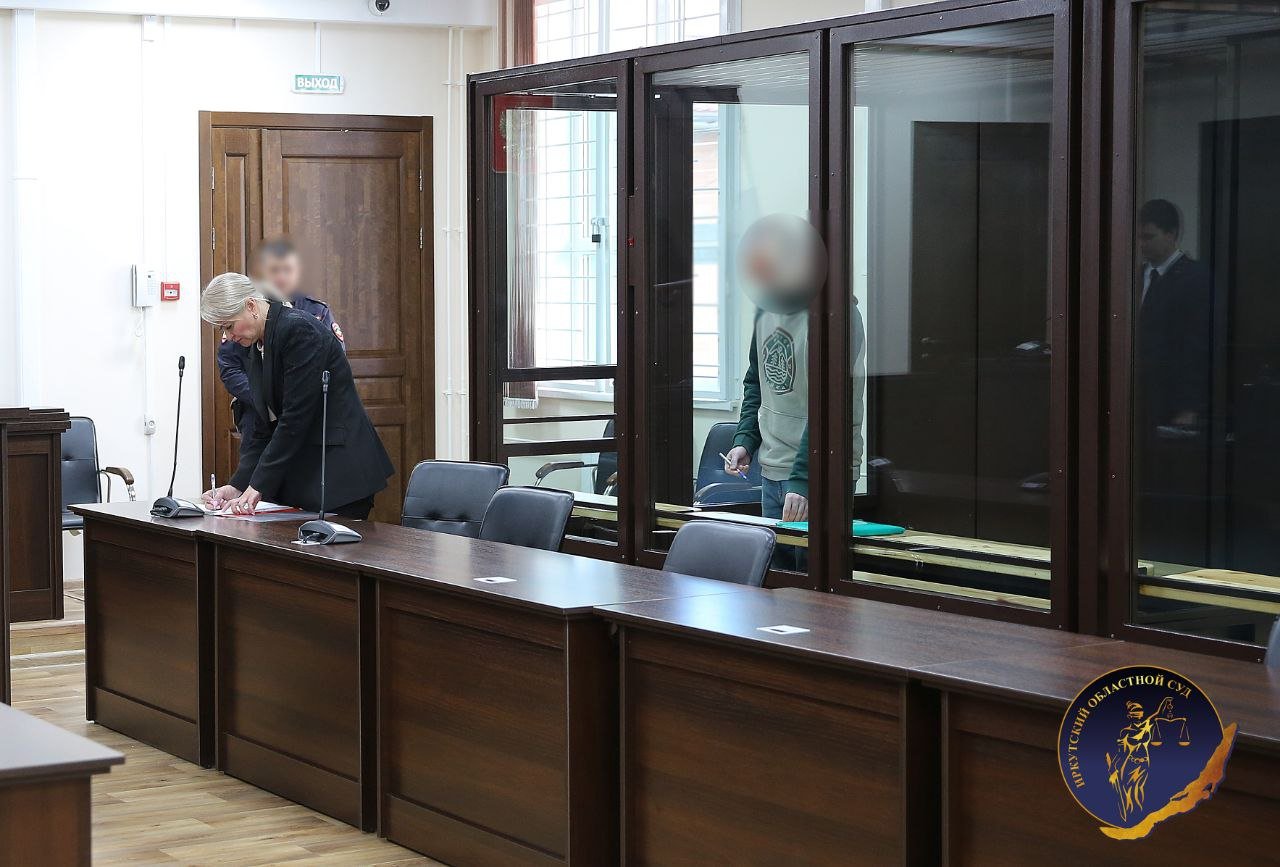CyberAlerts is shutting down on June 30th, 2025. Thank you for your support!
Example Searches:
CVE
Threat Actors
Countries
Vendors
Severity
Known Exploited

|
Description: The Main Intelligence Directorate (GUR) of Ukraine's Ministry of Defense claims it hacked the Russian aerospace and defense company Tupolev, which develops Russia's supersonic strategic bombers. [...]
June 4th, 2025 (9 days ago)
|

|
Description: Ukraine said it hacked into the internal systems of Russia’s state-owned aircraft manufacturer Tupolev, days after Ukraine launched a drone offensive that destroyed planes made by company.
June 4th, 2025 (9 days ago)
|

|
Description: Ukraine used ArduPilot to help it wipe out Russian targets. It wasn’t the first time and it won’t be the last.
June 3rd, 2025 (10 days ago)
|

|
June 2nd, 2025 (11 days ago)
|

|
Description: BO Team, also known as Black Owl, has been active since early 2024 and appears to operate independently, with its own arsenal of tools and tactics, researchers at Russian cybersecurity firm Kaspersky said.
June 2nd, 2025 (11 days ago)
|

|
Description: The "Russian Market" cybercrime marketplace has emerged as one of the most popular platforms for buying and selling credentials stolen by information stealer malware. [...]
June 2nd, 2025 (11 days ago)
|

|
Description: The Federal Criminal Police Office of Germany (Bundeskriminalamt or BKA) claims that Stern, the leader of the Trickbot and Conti cybercrime gangs, is a 36-year-old Russian named Vitaly Nikolaevich Kovalev. [...]
May 30th, 2025 (14 days ago)
|

|
Description: The suspects allegedly parked cars with activated dash cams near military targets and left them to record for up to 12 hours.
May 28th, 2025 (16 days ago)
|

|
May 28th, 2025 (17 days ago)
|

|
Description: Ukraine's SSSCIP agency said Russia has been responsible for more than 200 incidents against media outlets since the start of the war, including wiper attacks, DDoS incidents and disinformation campaigns.
May 28th, 2025 (17 days ago)
|
